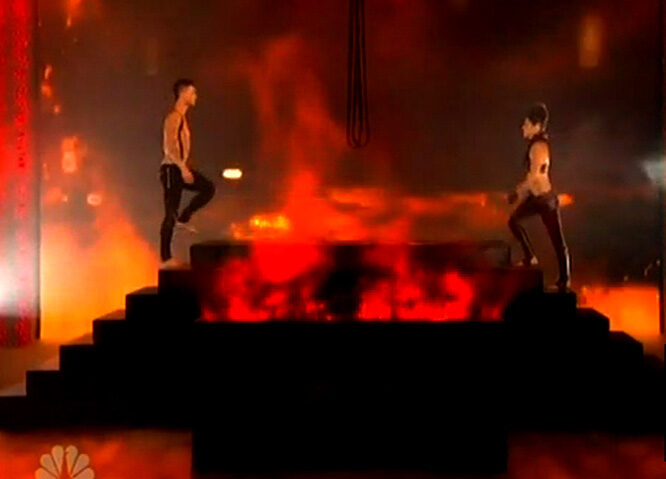Simulated Fire
TLC creates a spectacular visual impact with SIMULATED FIRE, using fog and lighting effects. The simulated fire effect is a beautiful alternative to real fire.
Simulated fire refers to a visual and sometimes auditory representation of fire created through artificial means. It is typically used in various contexts where real fire may not be feasible or safe, such as in training simulations, entertainment productions, or virtual environments.
Visually, simulated fire aims to replicate the appearance of flames, embers, and glowing heat. Different techniques are employed to achieve this effect, depending on the purpose and requirements of the simulation. Common methods include the use of computer-generated graphics, projected imagery, LED lights, or physical props that mimic the movement and coloration of real fire.
Simulated fire can range from simple static images or video loops to more complex interactive displays that respond to user input or environmental conditions. In training simulations, it is often used to recreate hazardous scenarios where fire safety protocols can be practiced and evaluated without the actual risks associated with real fire.
In entertainment, simulated fire is frequently employed to enhance the immersive experience of movies, television shows, video games, or stage performances. It helps create a sense of danger, warmth, or ambiance, adding realism and intensity to the storytelling or gameplay.
While simulated fire can be convincing and visually striking, it is important to note that it does not emit heat or pose the same dangers as real fire. It should not be confused with actual flames and should always be used responsibly and within controlled environments.
Overall, simulated fire provides a versatile tool for education, entertainment, and creative expression, enabling safe and controlled representations of one of nature’s most captivating and potentially destructive elements.

